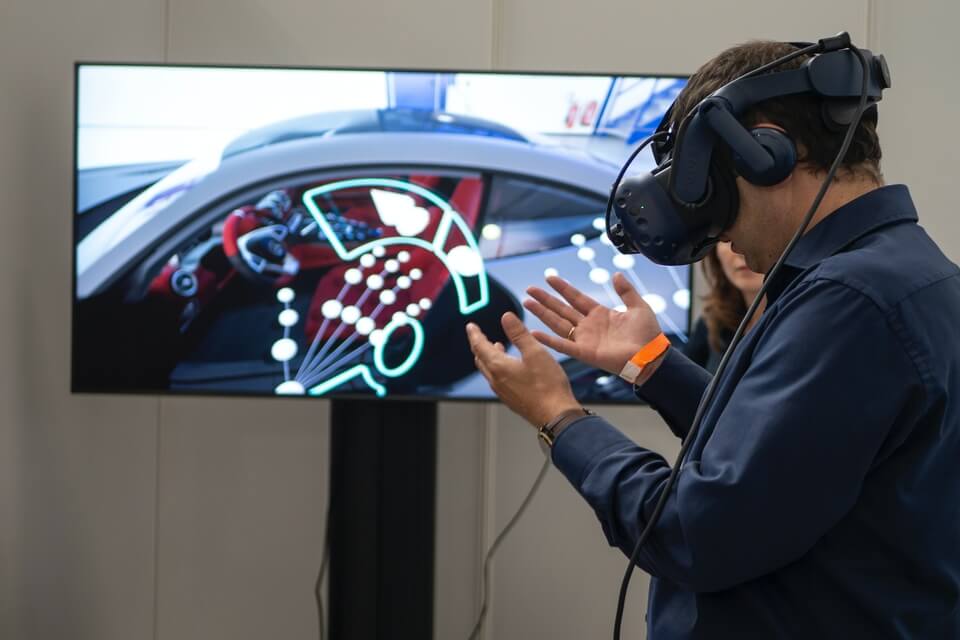Try to picture out yourself living and working ten or twenty years from now.
You must be living a busy schedule attending meetings from various parts of the world. The only difference is, you all do these tasks in the comforts of your home office. Or perhaps you are enjoying your time browsing and shopping for your new home and you do this while sitting on your couch and eating your favorite snack.
While this scenario may sound impossible to imagine for now and even ten years from today, this is achievable.
With the advancement of technology, the development of Extended Reality will greatly impact our lives in the most unimaginable way.
What is Extended Reality?
As the limits of technology continue to evolve and extend, so does the definition of our reality. Extended Reality (XR) combines all forms of technologically-supplemented realities generated by computer technology. Its main components include Virtual Reality (VR), Augmented Reality (AR), and Mixed Reality (MR). Extended Reality makes it possible for businesses to interact with the media and allow seamless connections between the real and virtual worlds.
In understanding Extended Reality, it is also important to fully understand the three remarkable components of XR. These components of Extended Reality may be similar in some ways, these are still separate technologies that require different levels of processing, information collection, storage, and power.
Virtual Reality
As its name goes, Virtual Reality (VR) creates a completely virtual environment that allows users to immerse themselves in a completely different world. Since it is virtually simulated, users can also supplement the virtual environment with controllers and other sensory stimulators. Most commonly, it uses head-mounted displays to create a highly stimulating experience for its users. The gaming and entertainment industries were considered as the early adopters of this technology. However, as Virtual Reality (VR) continues to prosper, various businesses across different industries are also getting interested in it.
Augmented Reality
In contrast to virtual reality, augmented reality is much simpler. The most popular examples of augmented reality are video games such as Pokemon Go that overlay digital creatures onto the real world. Snapchat or Instagram filters that put digital images such as hats, eyeglasses, and other objects to your face or head is also another type of augmented reality. In augmented reality, virtual information and digital details such as texts, images, and animation are being overlaid in the real world. With this experience, users are not completely isolated from the real world and they can still interact and see what is going on around them.
Mixed Reality
Mixed Reality (MR) is the newest and most complex component of Extended Reality. This is a hybrid combination of both Virtual Reality (VR) and Augmented Reality (AR). In the simplest explanation, both the digital and real-world co-exist and may interact with one another in real-time. To fully experience this technology, you will be needing an MR headset and a lot more processing power than VR and AR require. With this technology, it allows you to interact with various digital objects as you wish.
Early adopters of mixed reality are still exploring its capacities and how it can be utilized to solve business issues and help their businesses improve for the better. This newest immersive technology which is also referred to as some as hybrid reality is tremendously evolving. Its evolution could greatly impact the lives we may have ten or twenty years from now—the lives that are beyond our imagination’s ability to grasp.
The Bottom line
Decades ago, scientists would never have imagined we could fit terabytes of storage into a single device with a size of a little tube. However, look at our devices today and the storage capacities they carry. In decades more to go, we are certain that it will also be possible to fit a data center worth of storage into single eyewear. As Extended Reality (XR) becomes more powerful, efficient, and affordable, this technology will surely find its way into our daily routines and improve our way of living.









